General information about Cosmos Seeds
- Sowing Season: Spring or early Summer
- Germination: 8-10 Days
- Harvest in: 60-80 Days
What’s in the Box
- Cosmos Seeds
- Sowing instructions printed on backside of Seed Packet
- Recyclable Pouch
Introduction to Cosmos
Cosmos flowers (Cosmos bipinnatus and Cosmos sulphureus) are a favorite among gardeners for their easy cultivation, vibrant hues, and ability to attract pollinators like bees, butterflies, and birds. These sun-loving plants are native to Mexico and thrive in a variety of climates, making them a versatile choice for both beginners and seasoned gardeners. Available in shades of pink, white, orange, yellow, and red, cosmos flowers add a cheerful charm to borders, meadows, and container gardens. With their feathery foliage and delicate, daisy-like flowers, cosmos are as delightful as they are rewarding to grow.
Guide to the Germination Process, Soil & Fertilizer, Watering & Pest Control Requirements for Cosmos Seeds:
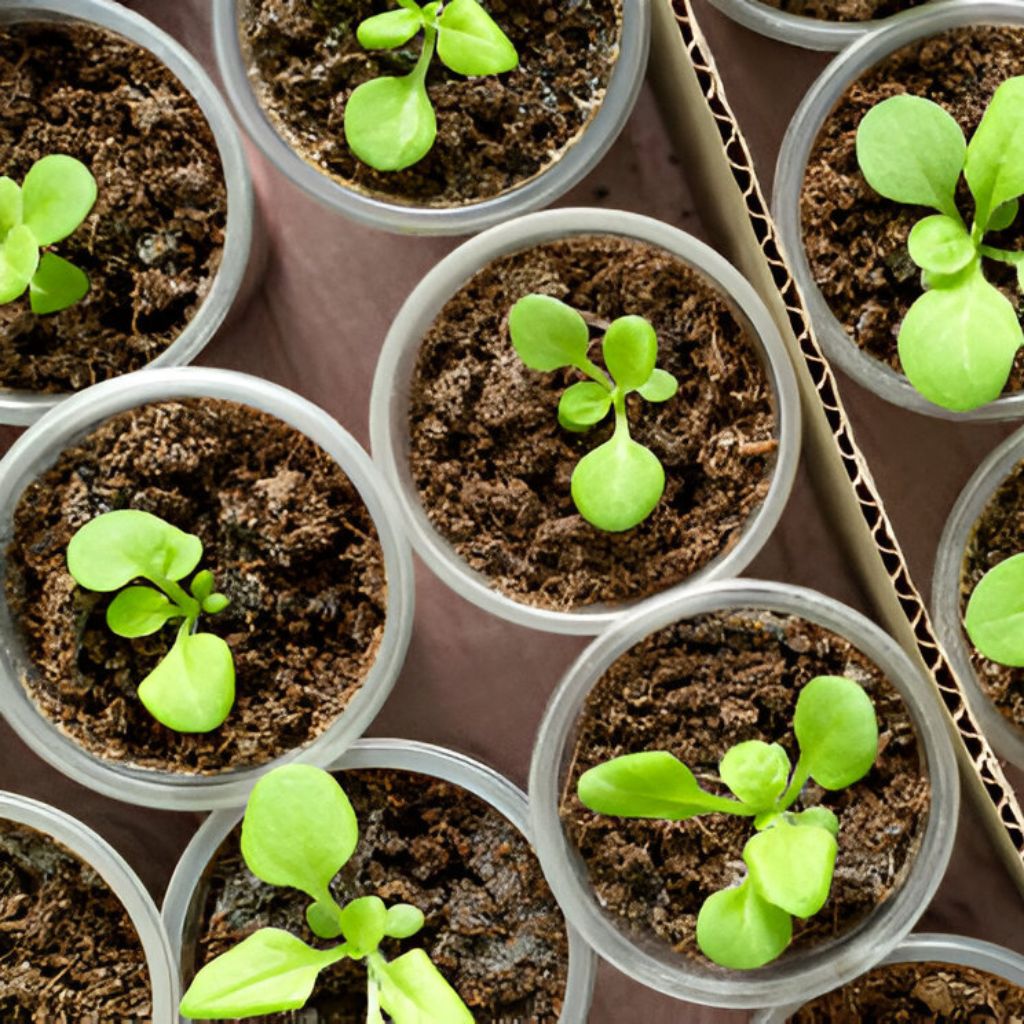
▶ Seeds Germination Process
- Seed Preparation: If desired, soak the seeds in lukewarm water for 4 to 6 hours to soften the seed coat and speed up germination.
- Seed Starting: Cosmos seeds can be sown directly in the garden or started indoors 4 to 6 weeks before the last frost date. If starting indoors, use seed trays or small pots filled with a well-draining seed-starting mix.
- Sowing Depth and Spacing: Sow seeds at a depth of 0.5 cm (1/4 inch) and lightly cover them with soil. Space seeds about 30 to 50 cm (12 to 20 inches) apart to allow ample room for growth.
- Light and Temperature: Place the containers in a sunny location or under grow lights. Cosmos seeds require light to germinate, so ensure they receive at least 6 to 8 hours of sunlight daily. Maintain a consistent temperature of 18°C to 24°C (65°F to 75°F).
- Moisture Management: Water gently to keep the soil moist but not waterlogged. Avoid overwatering, as excessive moisture can cause seeds to rot.
- Transplanting: Once seedlings develop two to three sets of true leaves, harden them off by gradually exposing them to outdoor conditions.
- Transplant them to their permanent location in the garden, maintaining proper spacing.
▶ Soil & Fertilizer Requirement
- Cosmos flowers are known for their ability to thrive in poor to average soil conditions. However, providing the right soil and nutrients can enhance their growth and bloom quality.
- Soil Type: Choose well-draining, sandy, or loamy soil with a slightly acidic to neutral pH range of 6.0 to 7.0. Avoid overly rich soils, as excessive nutrients can lead to lush foliage growth at the expense of blooms.
- Soil Preparation: Loosen the soil to a depth of 12 to 15 inches and remove any weeds or debris. Incorporate a small amount of compost or organic matter to improve soil structure and drainage.
- Fertilizer Needs: Cosmos plants are light feeders and do not require heavy fertilization. Apply a balanced, low-nitrogen fertilizer (such as 10-10-10) once during the growing season if needed. Avoid over-fertilizing, as it can hinder flower production.


▶ Watering Requirement
- Frequency: Water newly sown seeds and young seedlings regularly to establish strong roots. Once established, water only when the soil feels dry to the touch, typically once a week during dry spells.
- Technique: Water deeply at the base of the plants to encourage deep root growth. Avoid overhead watering to prevent fungal diseases and leaf damage.
- Mulching: Apply a layer of organic mulch around the plants to retain soil moisture and regulate temperature.
▶ Pest Control Requirement
- Aphids: These tiny, sap-sucking insects can cause distorted leaves and stunted growth.
- Spider Mites: These pests thrive in hot, dry conditions and create fine webbing on leaves.
- Slugs and Snails: They can damage young seedlings and tender foliage.
- Preventive Measures: Inspect plants regularly for signs of pest activity. Encourage natural predators like ladybugs and lacewings to keep pest populations in check.
- Organic Remedies: Spray plants with a mixture of water and mild soap to deter aphids and spider mites. Use diatomaceous earth or crushed eggshells around the base of plants to deter slugs and snails.
- Chemical Control: If infestations persist, consider using an organic or chemical insecticide labeled safe for flowering plants.
- Follow the manufacturer’s instructions carefully to avoid harming beneficial insects.










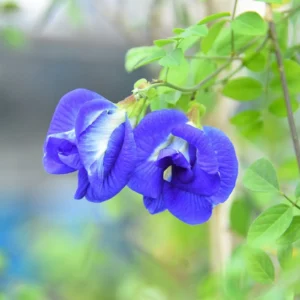



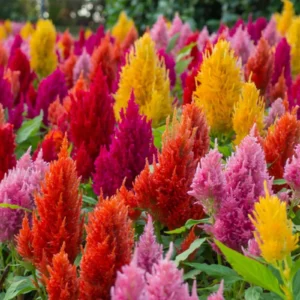
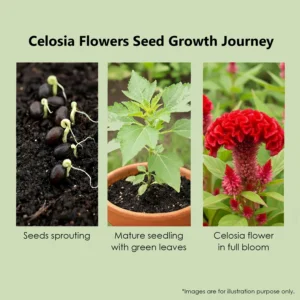
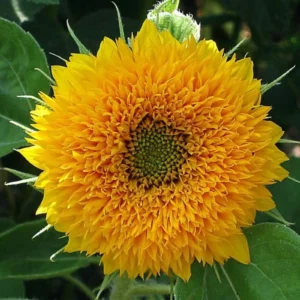

Reviews
There are no reviews yet